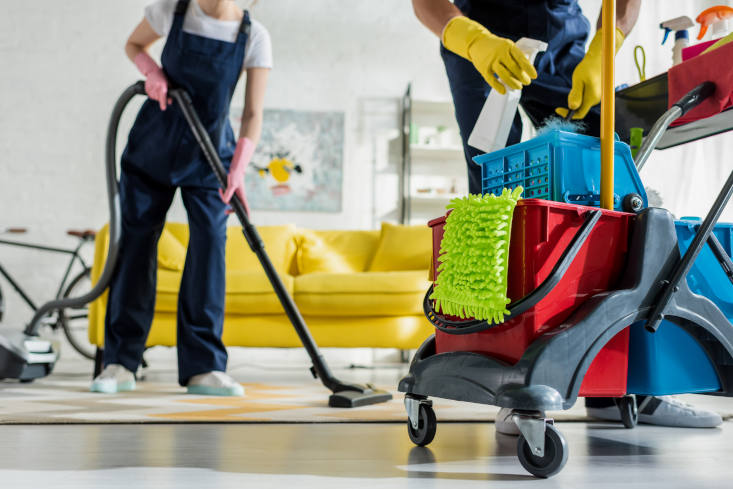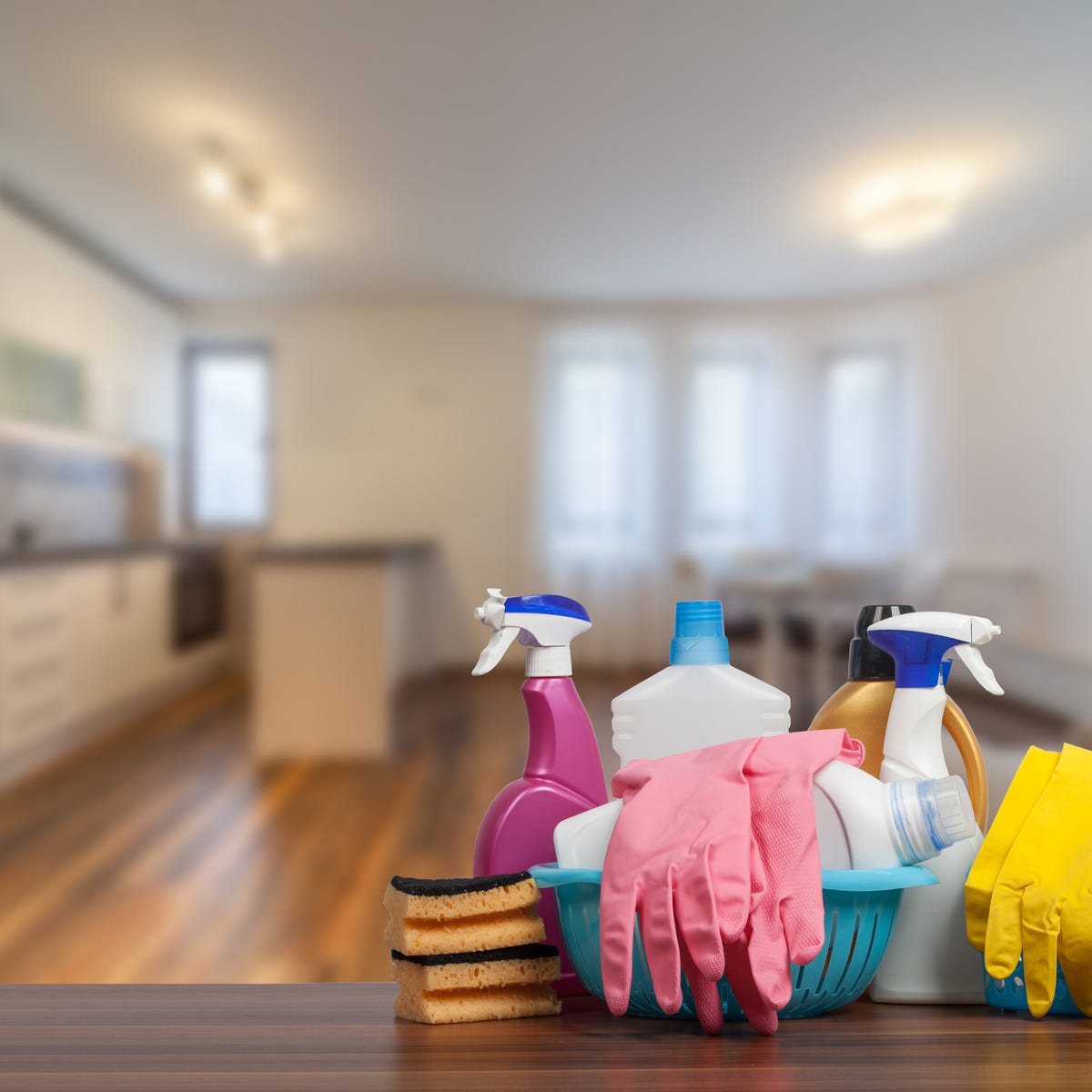The Very Best Everyday Cleaning Practices: Scrub the Surfaces, Vacuum Carpets, and Keep Clutter away
Comprehending the Demand for Thoroughly Sanitizing and Sanitizing Regularly Touched Surfaces in High-Traffic Areas
In the world of public health and wellness and safety and security, the thorough sanitation and sanitization of regularly touched surface areas in high-traffic locations stand as critical steps in avoiding the spread of damaging pathogens. By discovering the various elements of surface area disinfection, from the dangers associated with overlooking cleaning protocols to the efficient techniques that can be utilized, a clearer understanding emerges of the vital function these techniques play in protecting public health.
Importance of Surface Area Sanitation
Stressing the complete disinfection of high-traffic surface areas is important in preserving a hygienic environment and avoiding the spread of damaging microorganisms. High-touch surfaces such as door takes care of, light switches, lift buttons, and countertops act as breeding premises for infections and germs. Normal disinfection of these surface areas is important to decrease the threat of contamination and transmission of illnesses.
By applying a durable sanitation method, organizations and businesses can create a more secure environment for clients, employees, and site visitors. Appropriate surface disinfection not just minimizes the spread of infectious illness but also imparts self-confidence in the cleanliness and safety of the properties. This proactive method shows a dedication to health and wellness and health, which is especially important in high-traffic areas where the chance of direct exposure to pathogens is increased.
Moreover, surface disinfection plays an important function in general infection control approaches. Integrated with hand health techniques, putting on masks, and maintaining physical distancing, extensive disinfection of high-touch surfaces develops a detailed protection versus the transmission of harmful microorganisms. Prioritizing surface disinfection is a vital element of an alternative method to health and safety and security in common areas.
Dangers of Overlooking Cleaning Practices
Neglecting extensive disinfection of high-traffic surfaces dramatically heightens the threat of microbial and viral contamination, presenting a severe hazard to the health and wellness of individuals frequenting these spaces. Failure to apply correct cleaning practices can lead to the accumulation and spread of harmful virus, consisting of infections and germs, on frequently touched surface areas such as doorknobs, hand rails, elevator buttons, and kitchen counters.

Moreover, ignoring the importance of detailed cleansing not only compromises the health of individuals yet likewise undermines initiatives to preserve a clean and sanitary atmosphere. It is essential to identify the importance of correct disinfection methods in stopping the spread of infections and protecting public health and wellness.
Efficient Disinfection Methods
To preserve optimal cleanliness and lower the risk of contamination on high-traffic surface areas, employing reliable sanitation approaches is crucial. One of the most efficient and common disinfection techniques is utilizing chemical anti-bacterials.
An additional reliable approach is using UV-C light. UV-C light has actually been revealed to be reliable in eliminating a vast selection of microbes by interrupting their DNA framework, hence stopping them from reproducing. It is necessary to make use of UV-C light effectively, making certain that the proper strength and exposure time are used to attain the preferred disinfection results.
Additionally, employing steam cleansing as a disinfection method can be very reliable, specifically on surfaces that are heat-resistant. Vapor can penetrate permeable surfaces and eliminate bacteria, infections, and other virus successfully. When using heavy steam cleaning, it is essential to make sure that the surface reaches the needed temperature for an enough amount of time to assure appropriate sanitation.
Influence On Public Wellness
The upkeep of high standards of cleanliness and sanitation on high-traffic surfaces plays a vital duty in guarding public wellness. Frequently touched surface areas in locations with high tramp, such as doorknobs, hand rails, lift switches, and washroom facilities, serve as breeding grounds for damaging microorganisms.
Effective sanitation methods not only shield people from falling ill but likewise contribute to the overall well-being of society. Public health authorities emphasize the importance of maintaining clean environments to stop outbreaks and contain the spread of illnesses. In high-traffic areas like flight terminals, institutions, health centers, and public transport systems, the effect of extensive disinfection measures can not be understated. Focusing on the sanitization of regularly touched surfaces is a proactive strategy to advertising public health and wellness and enhancing the safety of individuals in common rooms.
Executing Normal Cleaning Up Methods
Without delay instituting and sticking to a consistent timetable of cleaning protocols is paramount for keeping the cleanliness and safety and security of high-traffic surfaces. Routine cleaning protocols are crucial in stopping the buildup of germs and virus on regularly touched surfaces, specifically in areas with high foot web traffic. By home applying a systematic technique to cleansing, organizations can successfully reduce the danger of condition transmission helpful hints and create a much healthier atmosphere for staff members, clients, and the general public.
To develop a reliable cleansing timetable, it is important to identify high-traffic areas that call for constant attention. These areas may consist of doorknobs, hand rails, elevator buttons, washroom centers, and shared tools. Implementing a routine cleaning program that targets these surface areas multiple times a day can dramatically reduce the spread of damaging germs and infections.
In addition, making use of appropriate cleaner and disinfectants is essential to ensuring that surfaces are completely sterilized. Routine training of cleaning up personnel on proper cleaning methods and the importance of adherence to the cleansing timetable is additionally important in preserving a hygienic environment. By prioritizing consistent cleansing methods, companies can advertise the health and wellness and wellness of individuals who communicate with these high-traffic surface areas.

Final Thought
In verdict, it is vital to prioritize extensive disinfection and sanitization of often touched surface areas in high-traffic areas to prevent the spread of dangerous virus and keep public health. It is necessary to acknowledge the relevance of preserving clean surfaces in high-traffic locations to make sure the wellness of the community.
In the realm of public health and wellness and safety, the meticulous sanitation and sanitization of frequently touched surface areas in high-traffic areas stand as extremely important actions in stopping the spread of hazardous virus. By checking out the various elements of surface area disinfection, from the threats connected with neglecting cleansing protocols to the effective methods that can be utilized, a more clear understanding emerges of the essential function these methods play in safeguarding public health and wellness.Additionally, using steam cleansing as a sanitation approach can be highly efficient, especially on surfaces that site link are heat-resistant. When making use of steam cleaning, it is vital to guarantee that the surface area reaches the needed temperature level for an enough quantity of time to assure proper sanitation.
In verdict, it is important to focus on detailed disinfection and sanitization of frequently touched surface areas in high-traffic locations to prevent the spread of damaging pathogens and preserve public health and wellness.